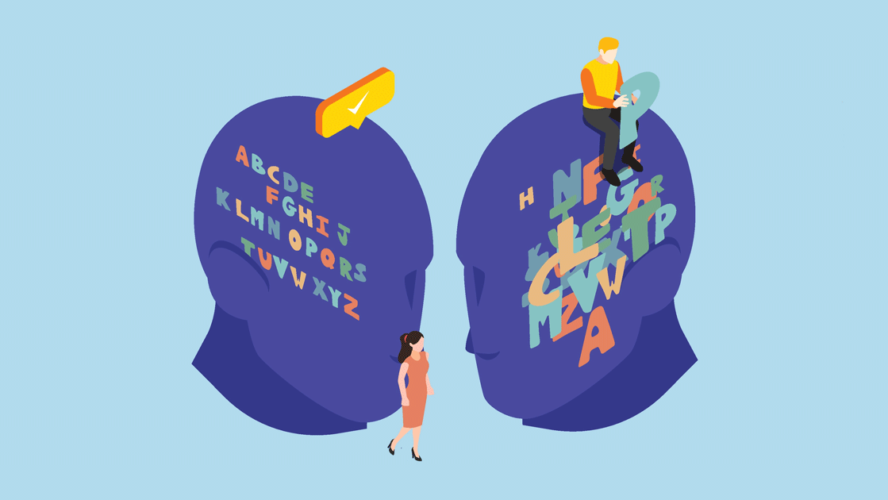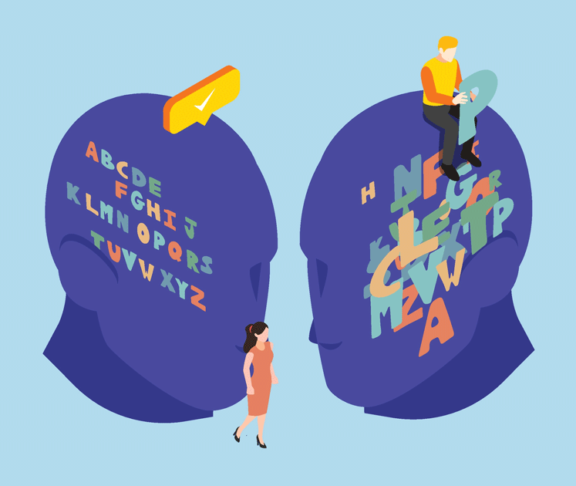
Amy Peacock
Senior Content Marketing Specialist, Texthelp
Approximately 10% of the population has dyslexia. That could mean up to three students in every class. Although, we know that these numbers are likely much higher — now, edtech can support students with dyslexia.
When I take my glasses off, I find it hard to read; and I’d really struggle to drive a car. It’s not an intelligence thing, it’s a vision thing. Dyslexia is similar. With the right tools, all students can thrive.
Literacy challenges for students with dyslexia
A recent survey by global technology company Texthelp highlights the true scale of literacy challenges in the UK. The report also reveals that technology is key to breaking down literacy barriers in education.
Students with dyslexia have a choice in how they learn
With the right tools, learners with dyslexia can choose how they engage with tasks. They can use text-to-speech to have words read aloud and track the words on a screen to increase comprehension.
They can use voice typing and prediction to get their ideas straight onto the page. Often, we see this leading to an increase in the range of vocabulary used, as they don’t have to worry about spelling.
Tools such as digital highlighters and voice notes help learners to study more independently.
Learning happens everywhere
When doing homework, students with dyslexia may find themselves needing a teacher for help with reading or spelling. This can reduce confidence and cause problems with focus. Tools such as digital highlighters and voice notes help learners to study more independently.
Technology works best when students can use it as part of their normal way of working. This includes in class, at home and during exams, where students with dyslexia may qualify for access arrangements — for example, to allow a computer to read exam papers.
Tools necessary for some but beneficial to all
Thinking of a tool like text-to-speech, you’ll agree that it’s great for dyslexic students. But it’s also useful for that A-Level student working towards a history exam. They can listen to questions to aid understanding or listen to complex answers to proof and improve.
By making these tools available, students can choose when to use them. This will also help reduce the stigma for students who need the tools.
Preparing for the future with dyslexia support
Students don’t just leave school and leave their dyslexia behind. Technology can give them the tools they need to overcome barriers and unlock the potential of dyslexic thinking.

